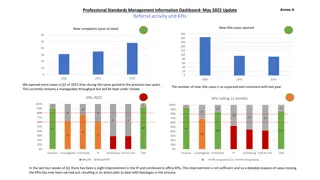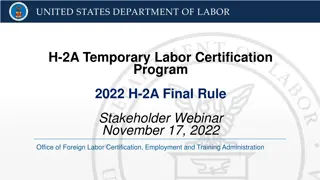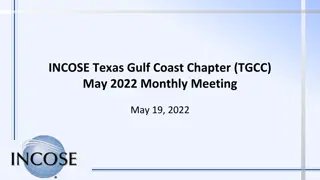
Understanding the Magnetic Field of Steady Currents
Explore the concept of magnetic fields generated by steady currents, including definitions of magnetic field intensity, magnetic flux density, and magnetic induction. Learn how parallel straight wires with steady currents interact magnetically.
Uploaded on | 0 Views
Download Presentation

Please find below an Image/Link to download the presentation.
The content on the website is provided AS IS for your information and personal use only. It may not be sold, licensed, or shared on other websites without obtaining consent from the author. If you encounter any issues during the download, it is possible that the publisher has removed the file from their server.
You are allowed to download the files provided on this website for personal or commercial use, subject to the condition that they are used lawfully. All files are the property of their respective owners.
The content on the website is provided AS IS for your information and personal use only. It may not be sold, licensed, or shared on other websites without obtaining consent from the author.
E N D
Presentation Transcript
When a straight conductor carries a direct current, it produces a magnetic field around it, all along its length. The lines of force in such a case are in the form of concentric circles in the planes at right angles to the conductor. The direction of concentric circles around, depends on the direction of current through the conductor. As long as direction of current is constant and current is time independent, magnetic lines of force are also constant, static and time independent, giving a steady magnetic field in the space around the conductor. The magnetic field intensity H at any point in the magnetic field is defined as the force experienced by unit north pole of one weber strength, when placed at that point. The magnetic flux lines ? are measured in weber (1Wb=108lines of force) while H is measured in (N/Wb) or (A/m) or (A.t/m).
The total magnetic lines of force i.e. magnetic flux crossing a unit area in a plane at right angles to the direction of flux is called magnetic flux density B and measured in (Wb/m2)or Tesla (T). In electrostatic, (E) and (D) are related to each other through the permittivity ( ) of the region. In magnetostatic, B and H are related to each other through the property carrying conductor is placed. It is the ability with which the current carrying conductor forces the magnetic flux through the region around it , called the permeability denoted as . For free space, the permeability is denoted as o region, a relative permeability is specified as rand = o r. of region in which the current (4 x 10-7 H/m). For other B = H = 0 rH For free space B= 0H
6-1 The definition of Magnetic Induction For the purpose of defining the magnetic induction (magnetic flux density) (B) it is convenient to define the magnetic force, ??, (frequently called the Lorentz force), as that part of the force exerted on a moving charge in a steady magnetic field which is neither electrostatic nor mechanical, where that force is perpendicular to each B, and charge velocity ( ?). The B, is then defined as the vector which satisfies; ??= lim ? 0? ? ? . . . ( ) .
where the limit used to ensure the ? does not affect the source of B. For simplicity we can write; ??= ? ? B . . . (6 1) The unit for magnetic induction in the "mks" system is Tesla (T), where according to Eq. (6-1): 1????? = 1?.??? ? = 1 ?.? ?.? It is customary to express this unit as the Weber/meter2; the Weber is the mks unit of magnetic flux which will be defined later. H.W: ?.??? ?.?=?????? ????? ?????2 Prove that: = ?.? And often the magnetic field is given in Gauss (G), the CGS unit.
Consider two parallel straight wires in which two steady currents are flowing; If the wires are neutral, there is no net magnetic force between the two wires. If the current in both wires is flowing in the same direction, the wires are found to attract each other. If the current in one of those wires is reversed, the wires are found to repel each other. The force responsible for the attraction and repulsion is called the magnetic force. The magnetic force acting on a moving charge q is defined in terms of the magnetic field.
steady . : steady ( ) . .
Result: For a wire carrying steady current, two fields will exists with two different plans: - The electric field diverges from the line charge (current carriers inside the wire) and is curl free: ( ? ? = 0). - The magnetic field forms circles around the steady current and is divergence free: (?.? = 0).














